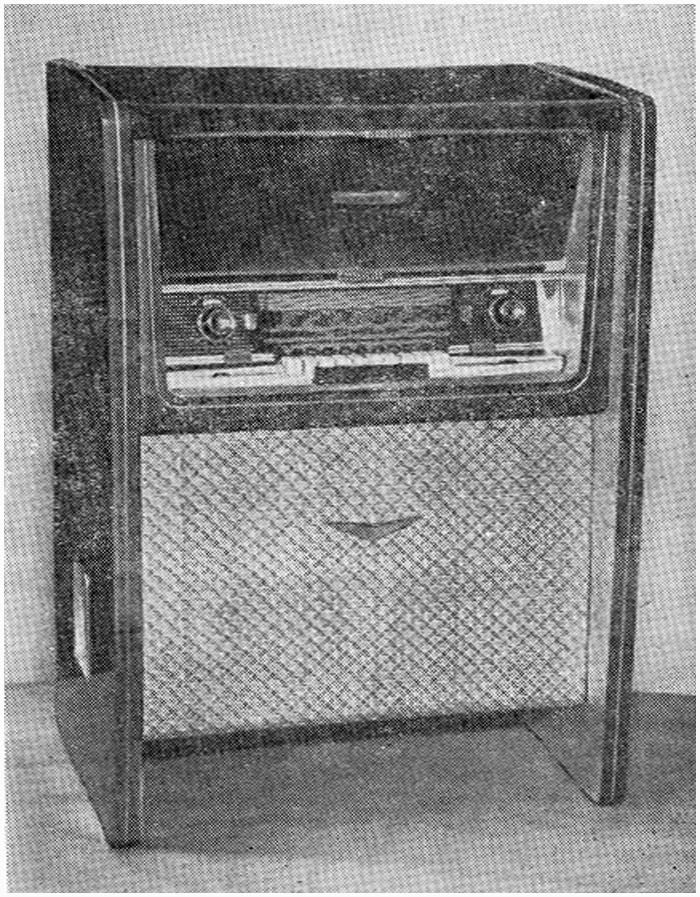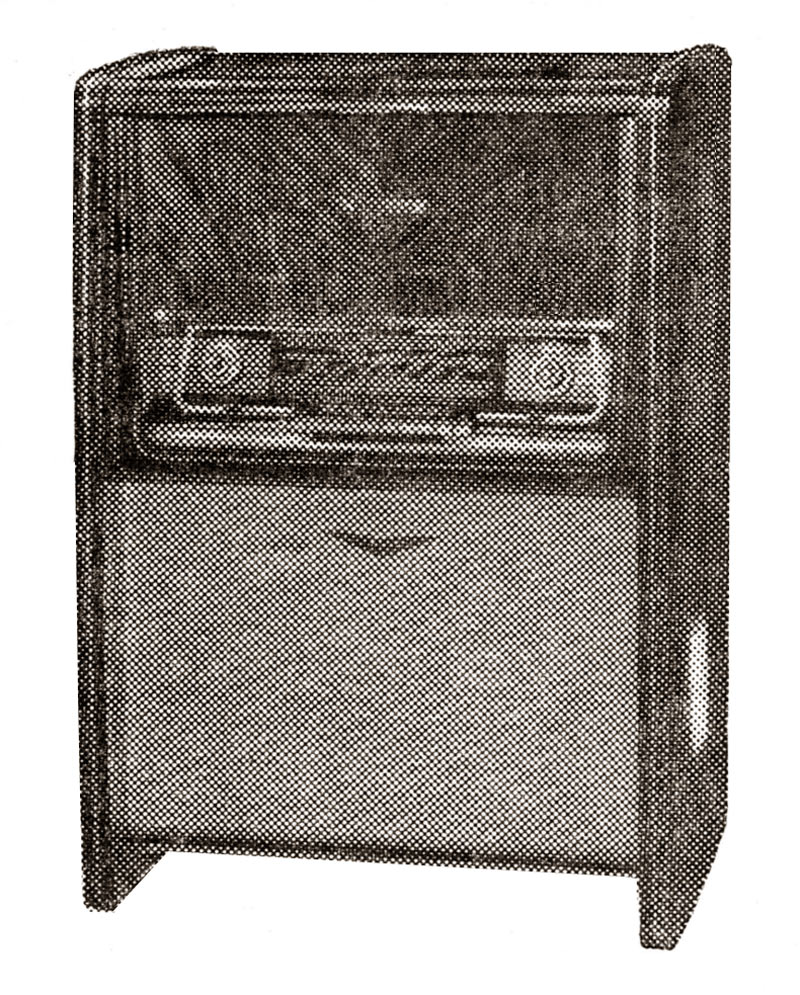Radiola network lamp "Sapphire".
Network tube radiosDomesticRadiola network lamp "Sapphire" in 1957 was developed by the Riga State Electrotechnical Plant VEF. By the beginning of 1956, the VEF plant had developed a number of receivers and radiograms based on finger lamps of various designs and parameters. Some of the units and chassis of the vehicles are unified. All units had a "fashionable" rocker switch, a rotatable internal magnetic antenna and an internal dipole if VHF is available. Class III receivers and radios had two loudspeakers each, class II and above four each. The names of the new devices were presented with precious stones: Almaz, Amethyst, Aquamarine, Crystal, Rubin, Sapphire, Topaz, Amber. There was a river series: Amur, Angara, Terek, Dvina and also a musical series: Concert, Melody, Symphony. There were other names as well. Some of the samples were transferred for production to other factories in the USSR, some were made only by an experimental batch. In the newspaper of the Vefietis plant (VEFovets) at the end of 1955, the article reported that the assignment of the USSR Ministry of Radio Engineering Industry to develop 15 models of radio equipment and manufacture their prototypes by the VEF designers had been completed. Most of the developed devices were demonstrated at the 1958 World Exhibition in Brussels, they were awarded with prizes. Many developments were shown the following year at an exhibition in New York (1959). Since 1956, the development of a dozen more promising receivers and radio transmitters was continued, including the presented radio “Sapfir”. The top-class "Sapphire" radiola was a prototype and produced in a small batch.
